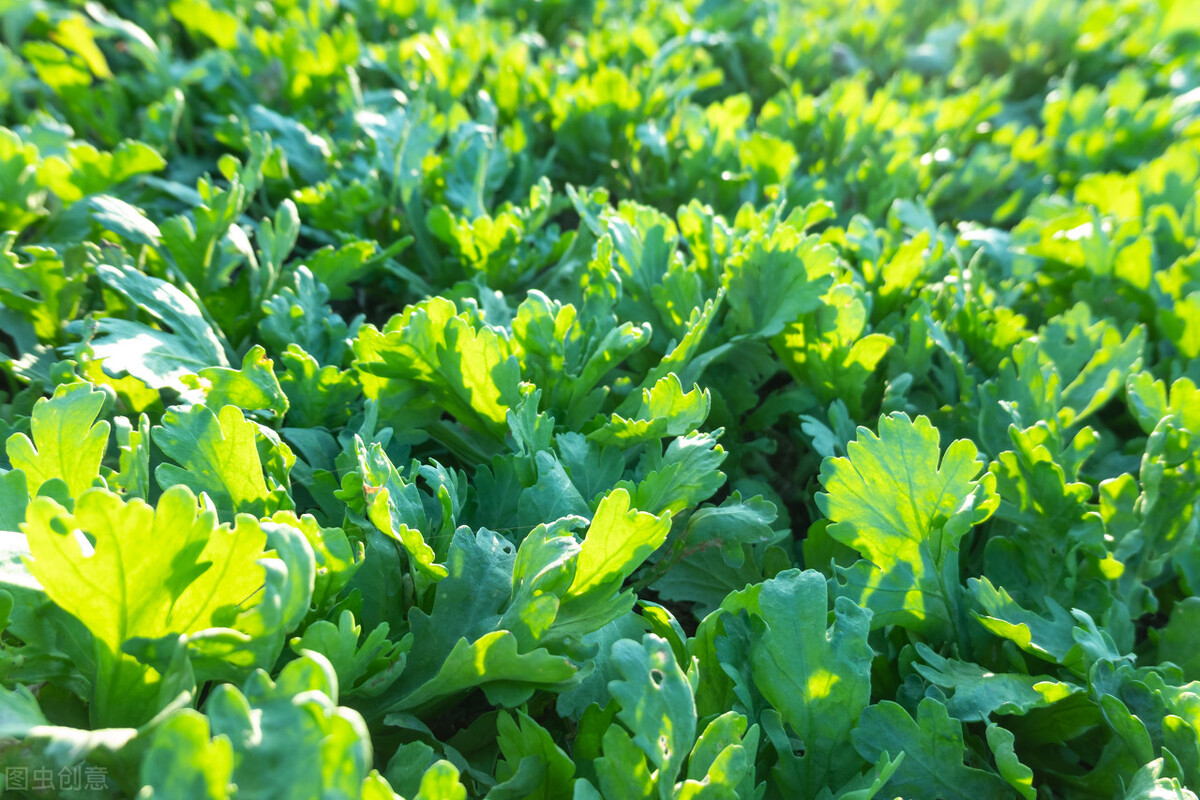When eating hot pot, it is indispensable to lamb rolls and artemisia annua, artemisia annua also has many uses, has been in short supply, and the cultivation of artemisia annua has high efficiency. Artemisia annua, short growth period, generally between 40-70 days, suitable for cultivation under low light, fast growth in a cold and cool environment, good product quality, high yield. The time and method of cultivation of Artemisia annua are as follows:

1. Choose the right season to cultivate Artemisia annua. Artemisia annua is suitable for cultivation in seasons with lower temperatures. The northern region is planted twice a year, in spring and autumn. The southern region is mainly cultivated in winter, spring and autumn. In high latitudes, low temperatures and high altitudes where the climate is cold and cool, Artemisia annua can be cultivated in summer. Artemisia annua seeds germinate slowly above 10 °C and germinate the fastest at 15-20 °C. It is cultivated in the north in the spring, in line with the corn sowing period, and can be sown in early February if cultivated with impotence or small sheds. In autumn, the planting time is sown when the temperature drops below 25 ° C, and then shaded cultivation is carried out.
2. Fine sowing to improve sowing quality. Planting Artemisia annua in both the high and low seasons requires germination. After drying the seeds for 6 hours, soak in water at 25-30 ° C for 24 hours, wait until the seeds have absorbed enough water, cover the seeds with gauze, put them in a 25 ° C environment for germination, most of the seeds are whitened and sown.
3. Strengthen field management and control density, temperature and humidity. The best temperature for the suitable growth of Artemisia annua is 17 ~ 20 ° C, and the low temperature season can cover the mulch film and sow seeds in the arch, pay attention to cold protection. When the seed emerges to 50%, the mulch film is uncovered, and when the temperature rises above 25 ° C, the ventilation cools down. In the high temperature season, the shade net and the ground cover grass curtain or straw are required to cool down and moisturize, and the ground cover is uncovered after the emergence of seedlings, and the shade net is gradually removed after the temperature is reduced.
In the season when the temperature is in the range of 15-25 ° C, there is no need to soak the seeds to germinate, direct sowing, you can choose to sow and strip sow, and use about 1 kg of seeds per acre. Cover the soil about 1 cm after sowing, water thoroughly, and the seedlings can emerge in 4-5 days.
After the seedlings are unearthed, they can be watered according to the situation and kept the soil moist later. Transplanting seedlings determine the appropriate plant row spacing according to the size of the plant, water after transplanting, and flexibly grasp the amount of watering and the number of watering. When the seedlings grow to 2-3 true leaves, the seedlings are interspersed, and the seedlings are left according to the plant spacing of 3-5 cm, and the large-leaved Artemisia is left at about 20 cm. 15 kg of potassium nitrate or 8-10 kg of urea per acre is applied 10-15 days before each harvest.
Artemisia annua often has pests and diseases such as vegetable borers, aphids, standing blight, leaf spot disease and sclerotia, and early prevention is the mainstay.